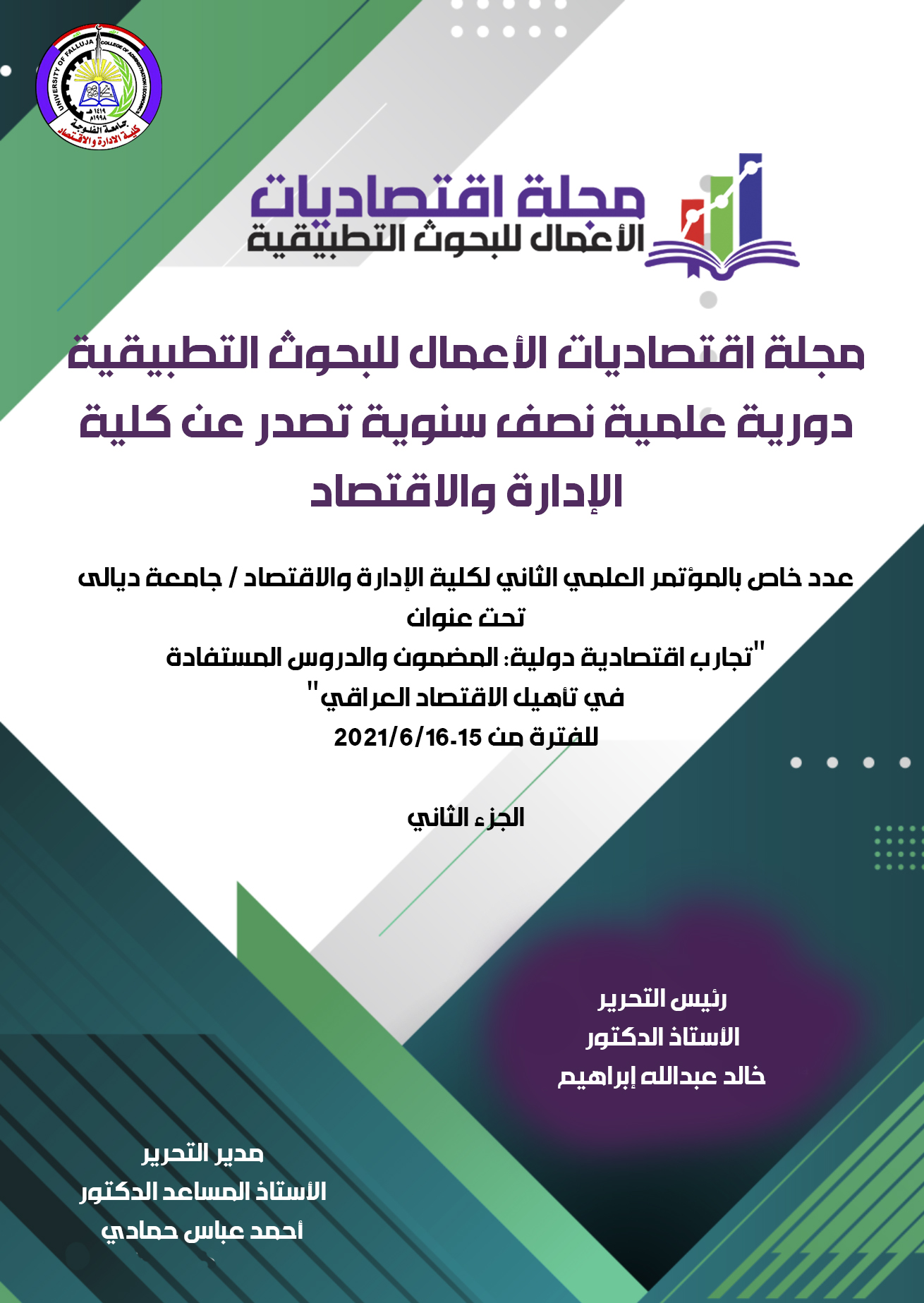The impact of Corruption on Unemployment in Iraq for the period (2003-2020)
Abstract
The research aims to measure and analyze the relationship between Corruption and Unemployment in Iraq for the period (2003-2020) using the NARDL model, as well as to know the extent of the impact of a shock in corruption on the unemployment response in Iraq. The research found that there is a long-term, non-linear direct balance relationship between corruption and unemployment in Iraq. When the corruption perceptions index increases (corruption rates decrease) by (1%) this will lead to a decrease in unemployment by (0.39%), and a decrease in the corruption perceptions index (increase rates Corruption (by 1%) will lead to an increase in unemployment by (0.42%), and a shock in the corruption perceptions index will lead to an increase in unemployment by (2.1%) after one chapter of the shock (three months), but it quickly decreases in the second quarter by a percentage (6.8%), but in the third quarter unemployment will increase to reach its peak rate (6.1%), and unemployment will continue to fluctuate up and down until it returns to a state of equilibrium after fourteen seasons (three and a half years).



